Explore 19 fascinating trees that start with D! From the majestic Douglas Fir to the exotic Dragon Blood Tree, discover their unique features, uses and interesting facts. Perfect for nature enthusiasts, gardeners and curious minds looking to expand their tree knowledge.

Trees are amazing. They clean our air, give us shade and make our world more beautiful. Today, we’re going to explore 19 trees whose names start with the letter D. Some of these trees you might know and others might be new to you. Let’s learn about them together!
19 fascinating trees that start with D
1. Dogwood Tree
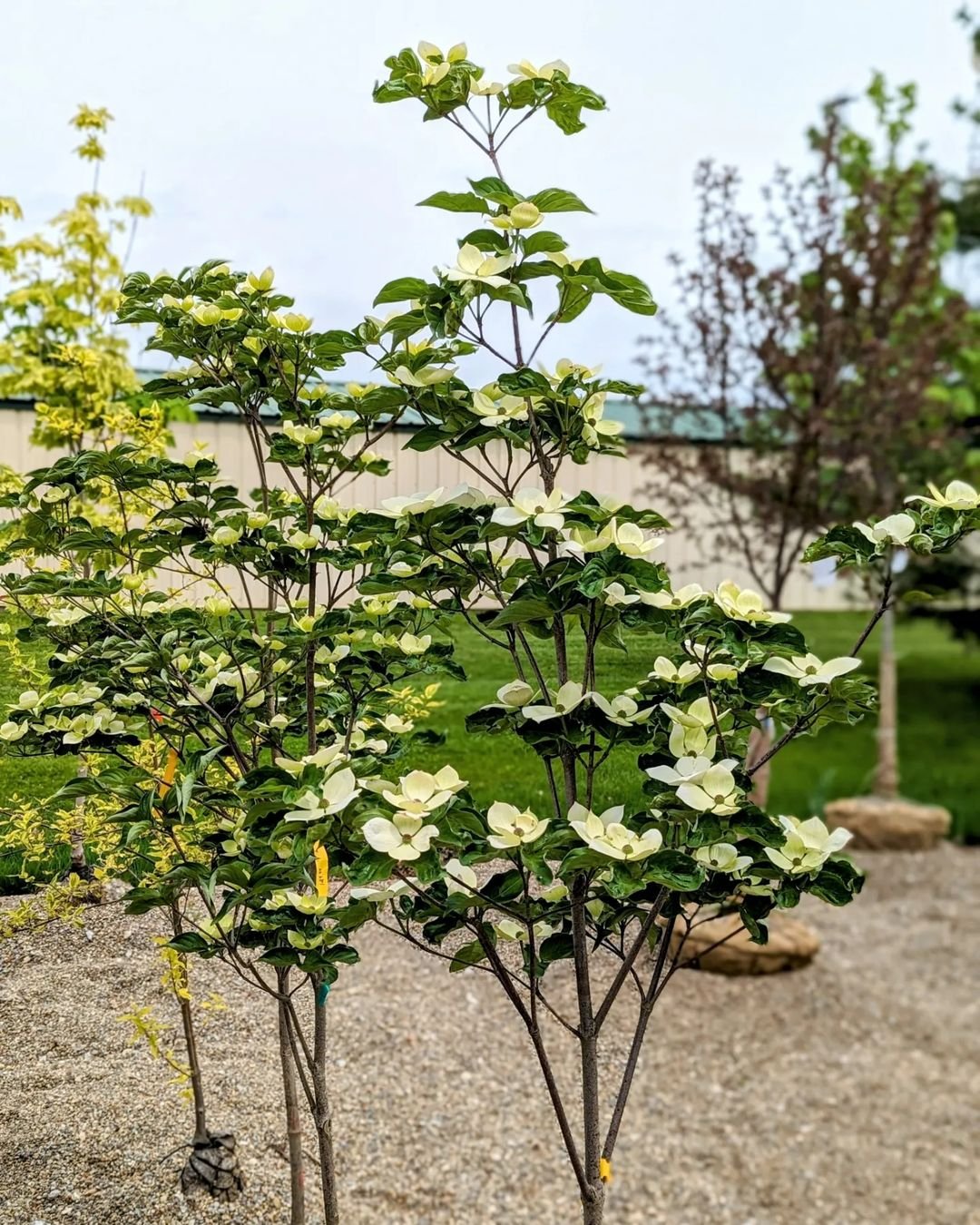
Dogwood trees are famous for their beautiful flowers. In spring, they cover themselves in white or pink blooms. These trees are not very big, so people often plant them in yards. Native Americans used the wood from dogwood trees to make tools because it’s very hard. Learn more about dogwood trees from the US Forest Service.
2. Douglas Fir
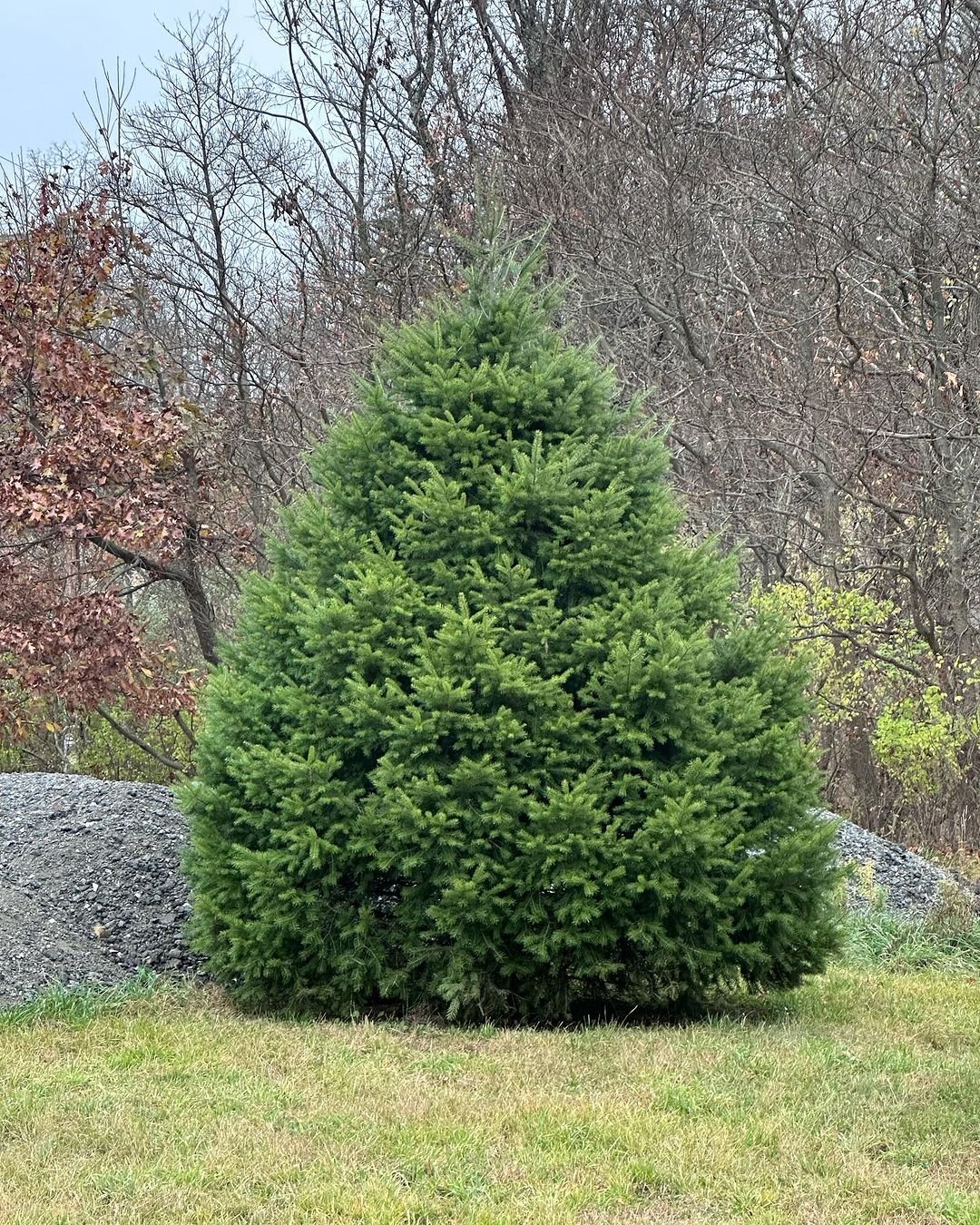
Douglas Fir trees are very tall. They can grow over 300 feet high! These trees are often used as Christmas trees. They grow naturally in the western part of North America. The wood from Douglas Firs is strong and used for building houses and making furniture. Explore Douglas Fir facts from Oregon State University.
3. Date Palm
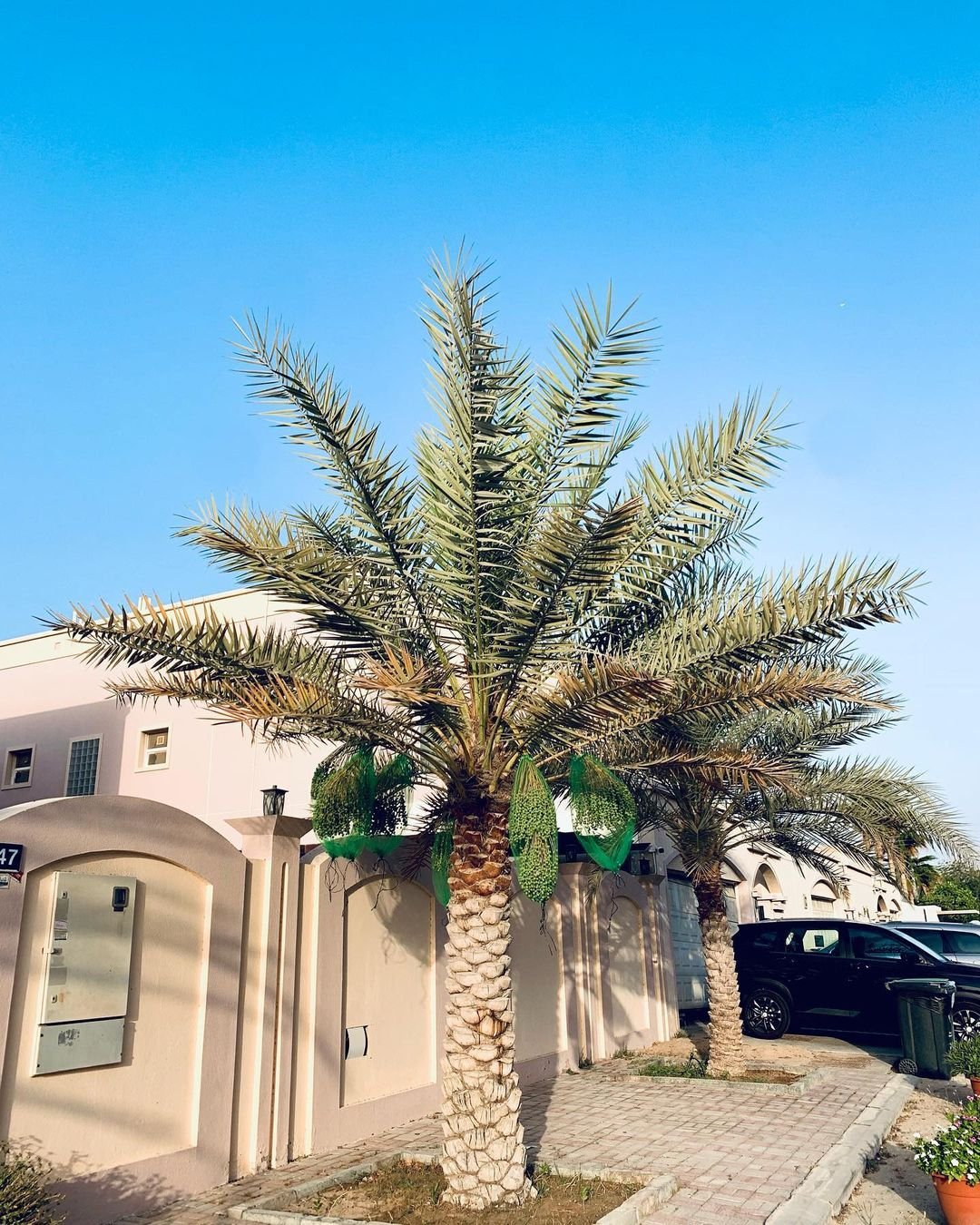
Date Palm trees give us the sweet dates we eat. They grow in hot, dry places like deserts. These trees have been important to people for thousands of years. In some countries, people use every part of the date palm – the fruit for food, the leaves for baskets, and the trunk for building. Discover date palm cultivation from the University of Arizona.
4. Downy Serviceberry
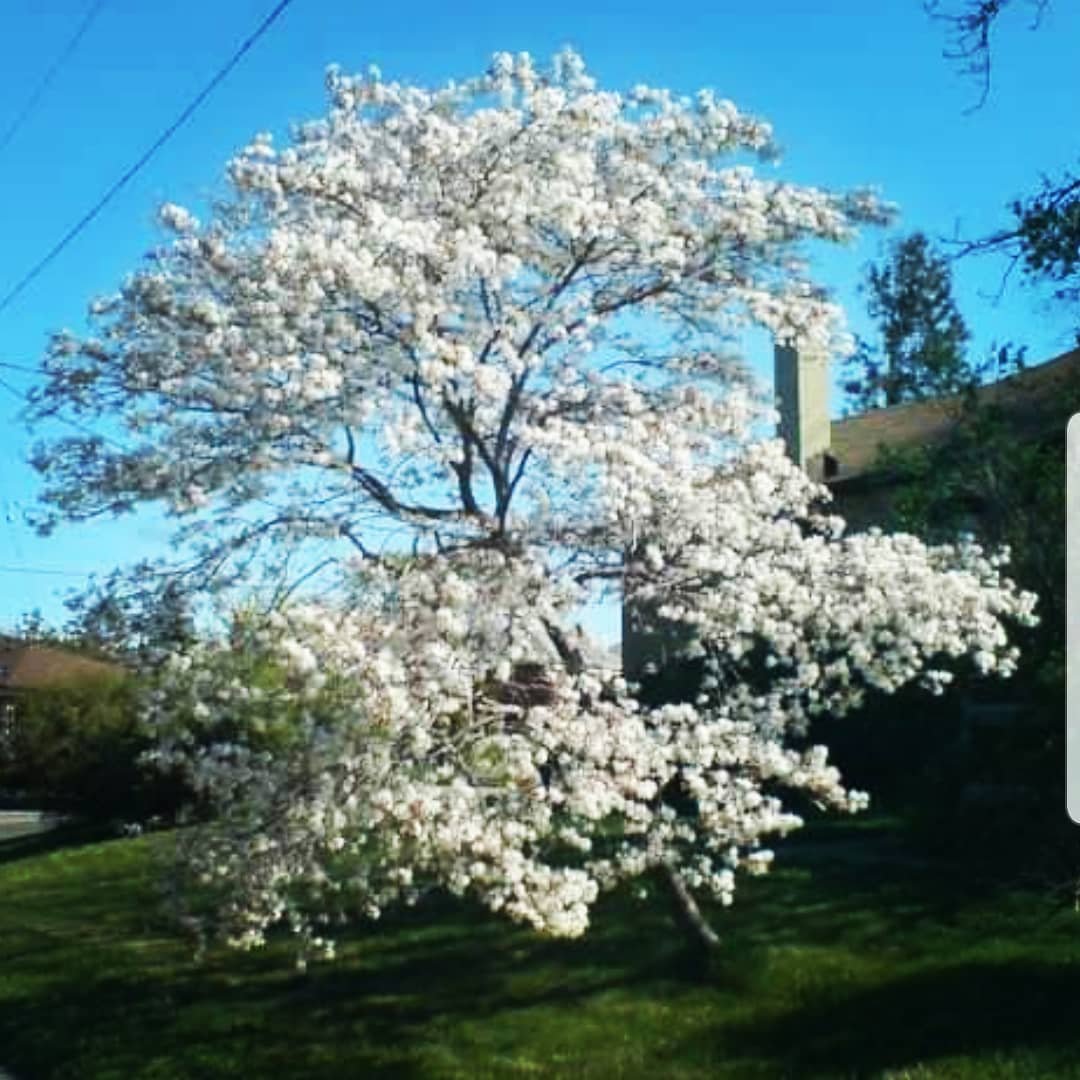
Downy Serviceberry trees are small and have white flowers in spring. Later, they grow small fruits that look like blueberries. Birds love to eat these fruits. Native Americans and early settlers used to eat them too. These trees turn bright orange and red in fall. Read about serviceberry trees from Penn State Extension.
5. Dawn Redwood
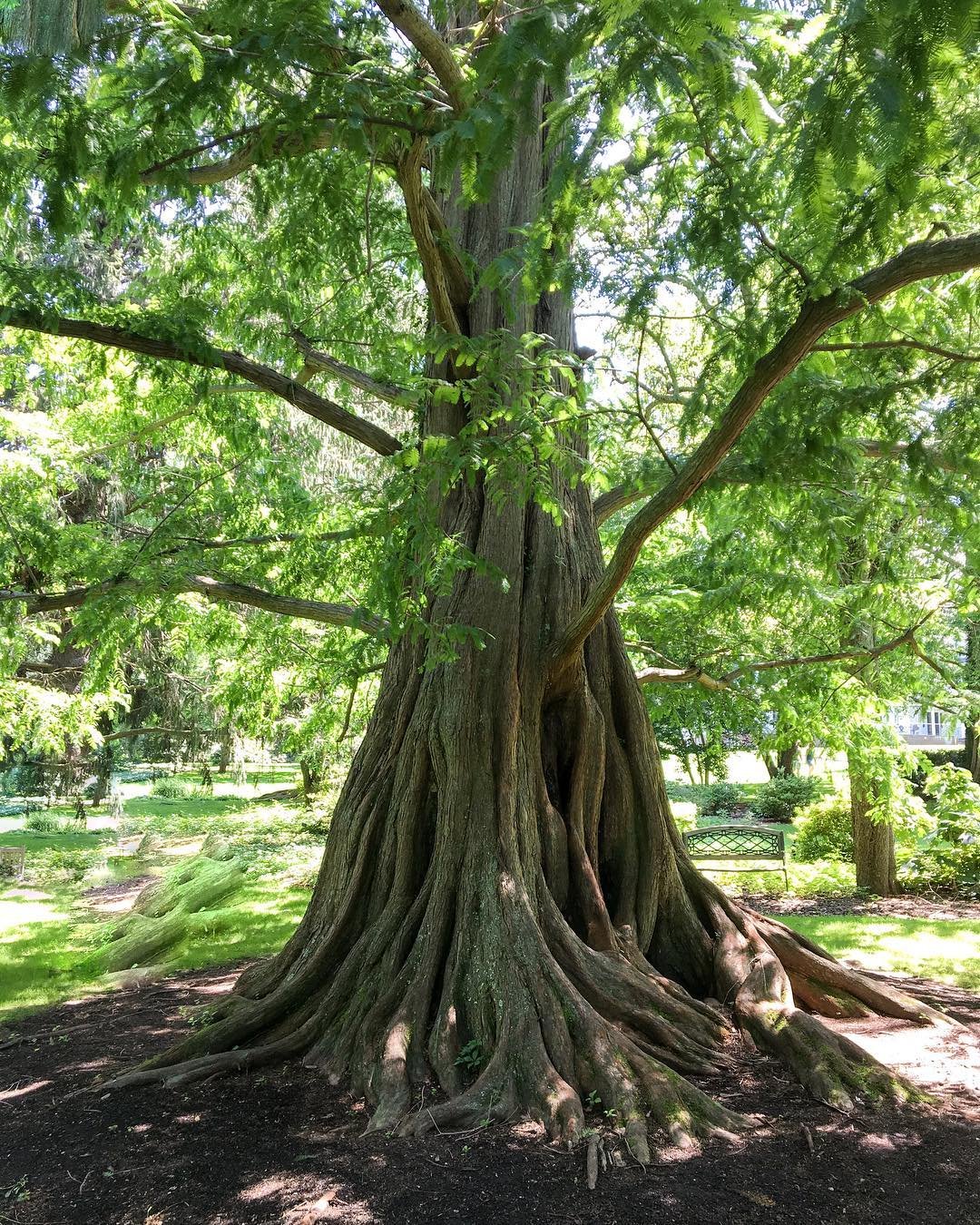
Dawn Redwood trees are very old. People used to think they were extinct, like dinosaurs! But in the 1940s, scientists found some still growing in China. Now, people plant them in parks and gardens around the world. These trees lose their leaves in winter, which is unusual for evergreen trees. Learn about dawn redwoods from the Arnold Arboretum of Harvard University.
6. Dove Tree
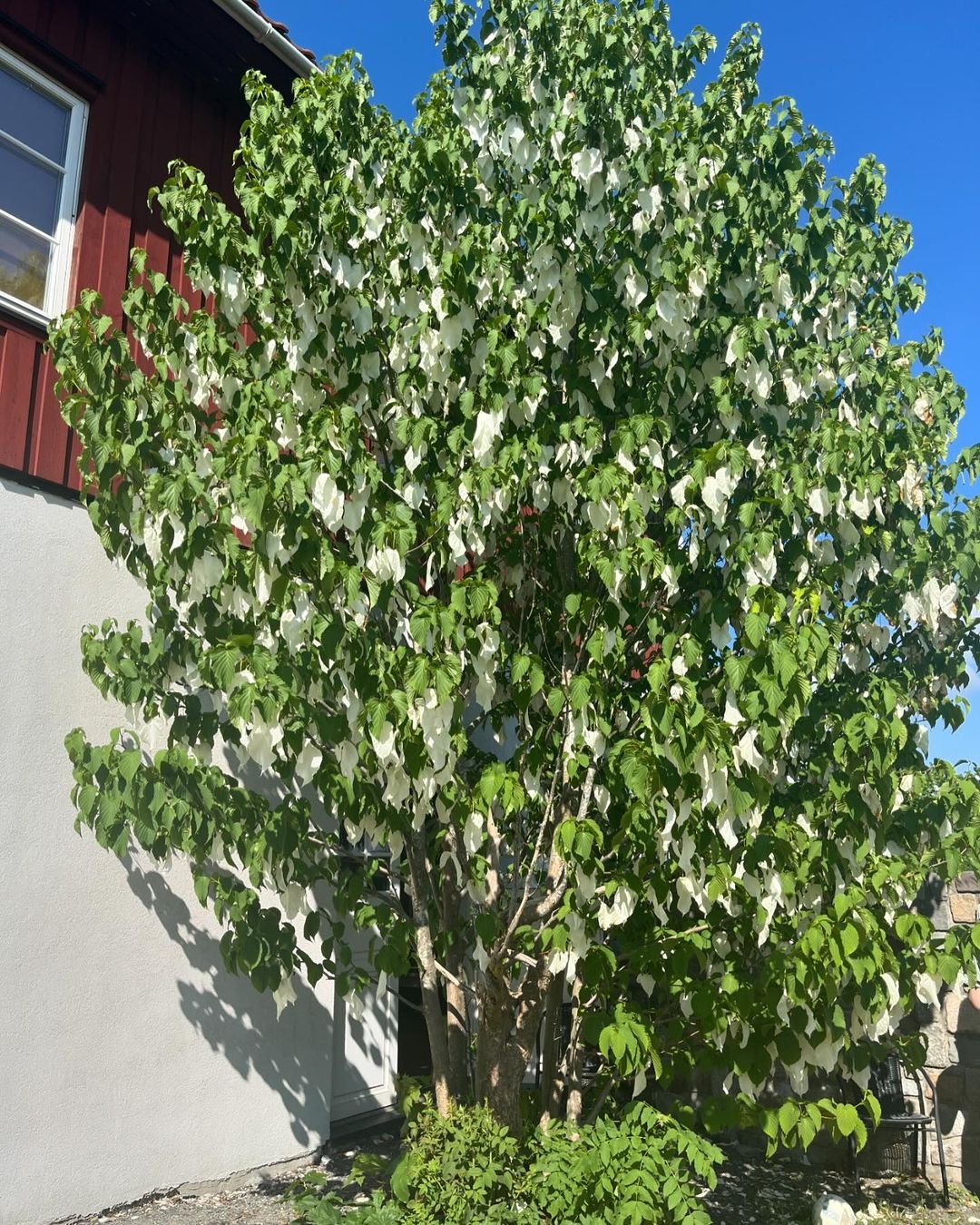
Dove Trees are also called Handkerchief Trees or Ghost Trees. They get these names from their flowers, which have big white bracts that look like doves or handkerchiefs hanging in the tree. These trees come from China and are not very common in the United States.
7. Dragon Blood Tree
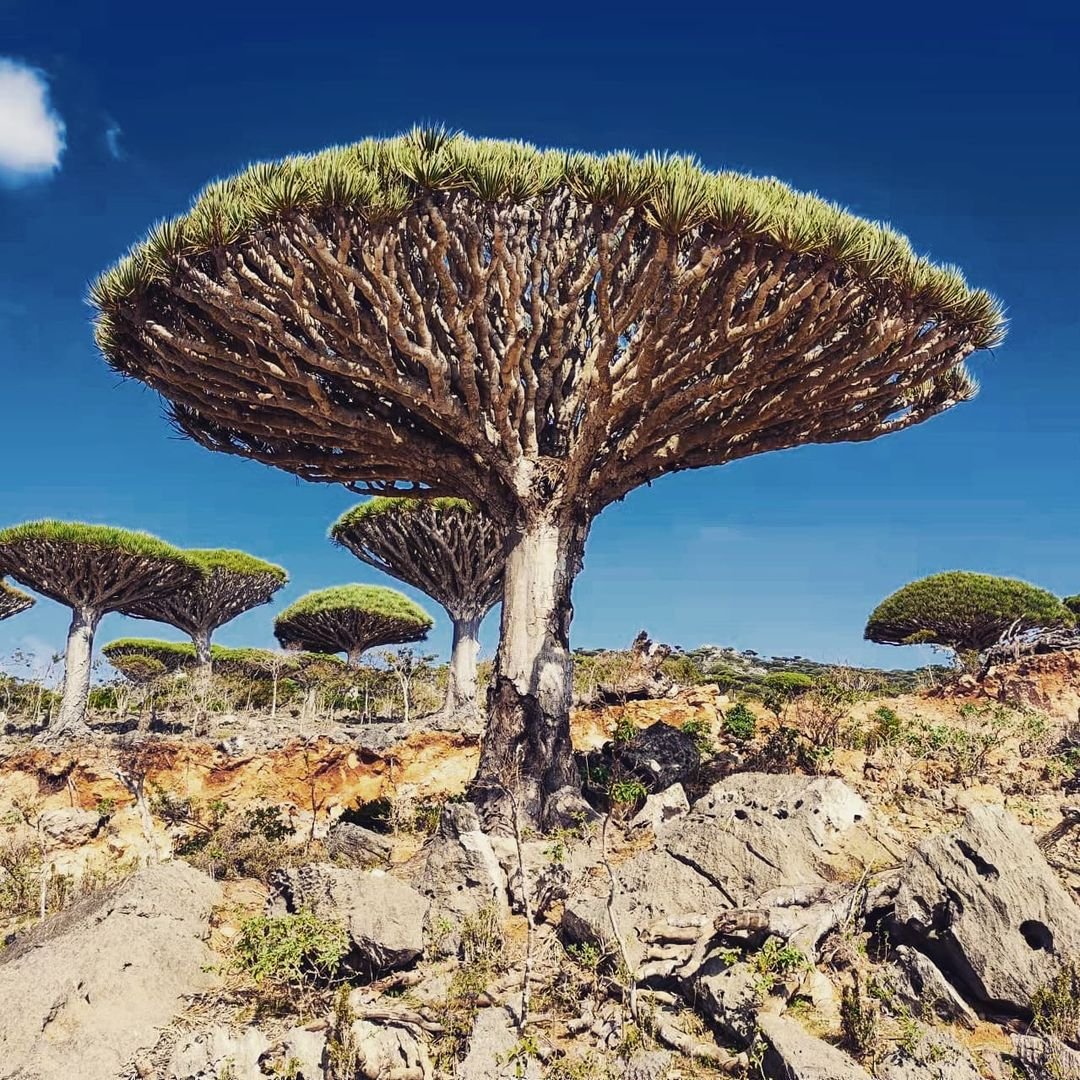
Dragon Blood Trees look very strange, like an umbrella turned inside out. They grow on an island near Africa called Socotra. The sap of these trees is bright red, which is why they’re called “Dragon Blood.” People have used this red sap for medicine and dye for thousands of years.
8. Desert Willow
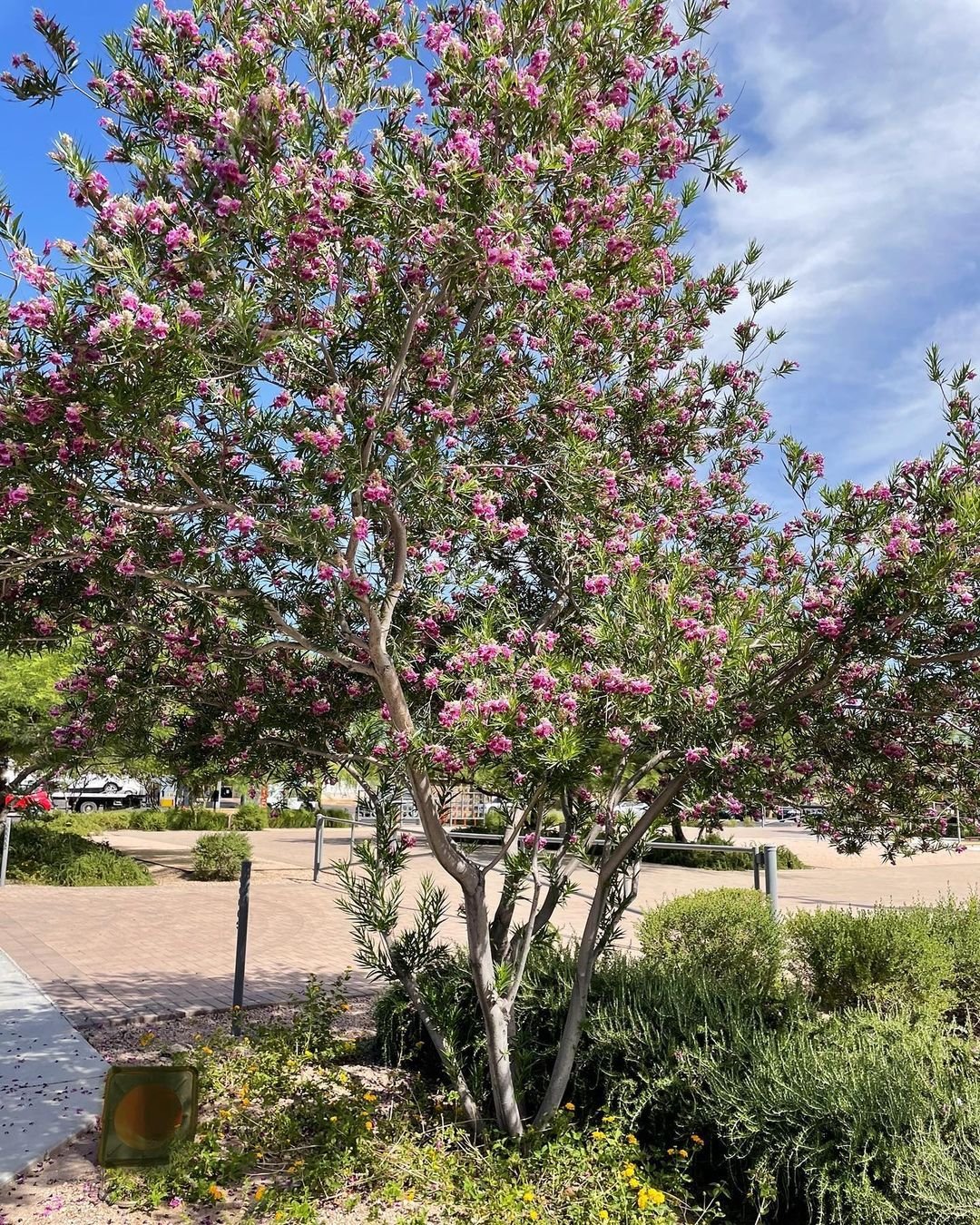
Desert Willow trees are not really willows. They got this name because their leaves look like willow leaves. These small trees grow in dry parts of the southwestern United States. They have pretty pink or purple flowers that hummingbirds love. Explore desert willow information from Texas A&M University.
9. Dwarf Alberta Spruce
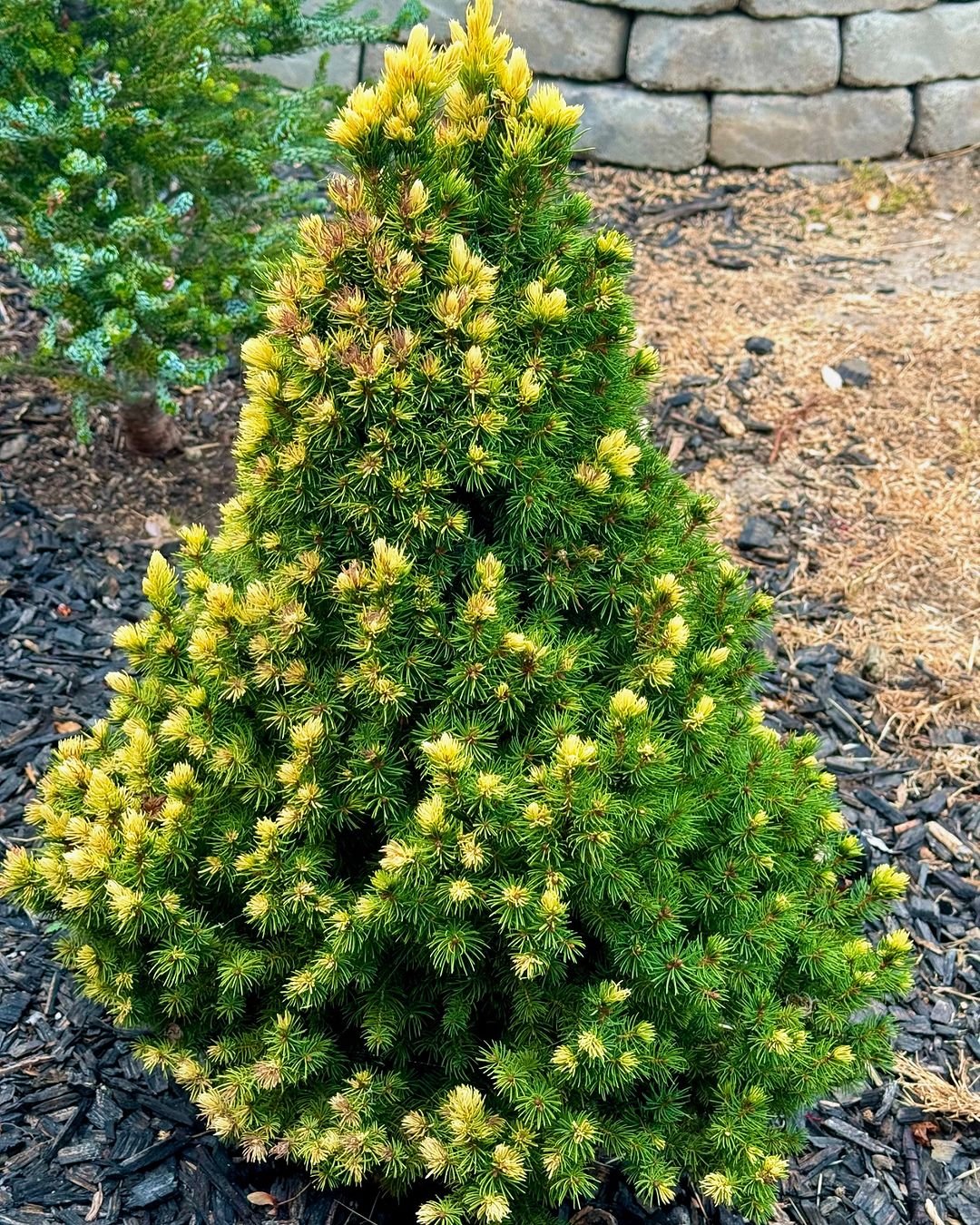
Dwarf Alberta Spruce trees are very small evergreen trees. They grow very slowly and stay small, which makes them popular for gardens and even for growing as living Christmas trees in pots. These trees come from Canada. Learn about dwarf Alberta spruce care from the University of Wisconsin-Madison.
10. Deodara Cedar
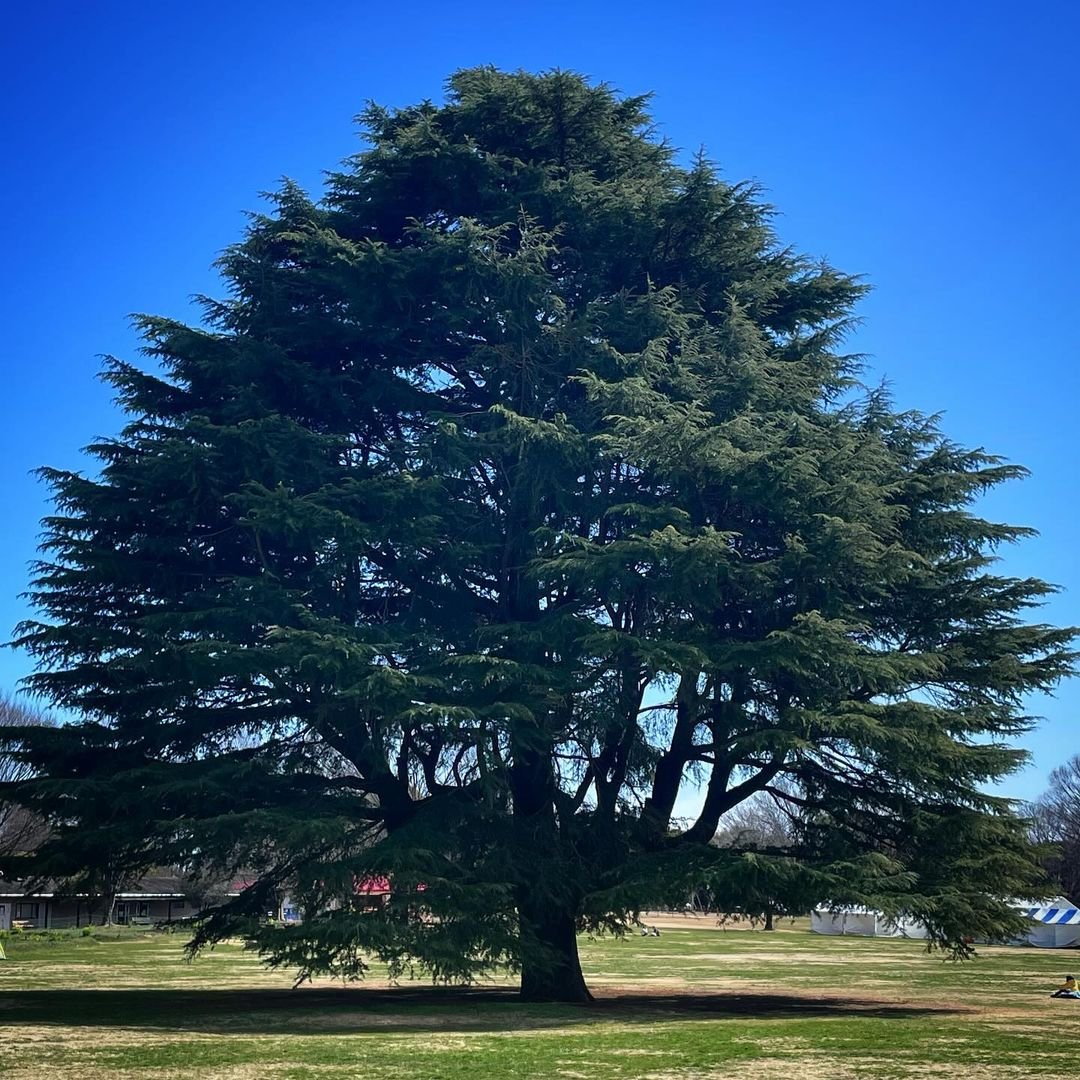
Deodara Cedar trees come from the Himalaya mountains. They can grow very tall and have drooping branches that make them look graceful. The wood of these trees smells nice and keeps insects away. In its home country of India, the Deodara Cedar is considered sacred. Read about Deodara Cedar from the US Forest Service.
11. Devil Tree
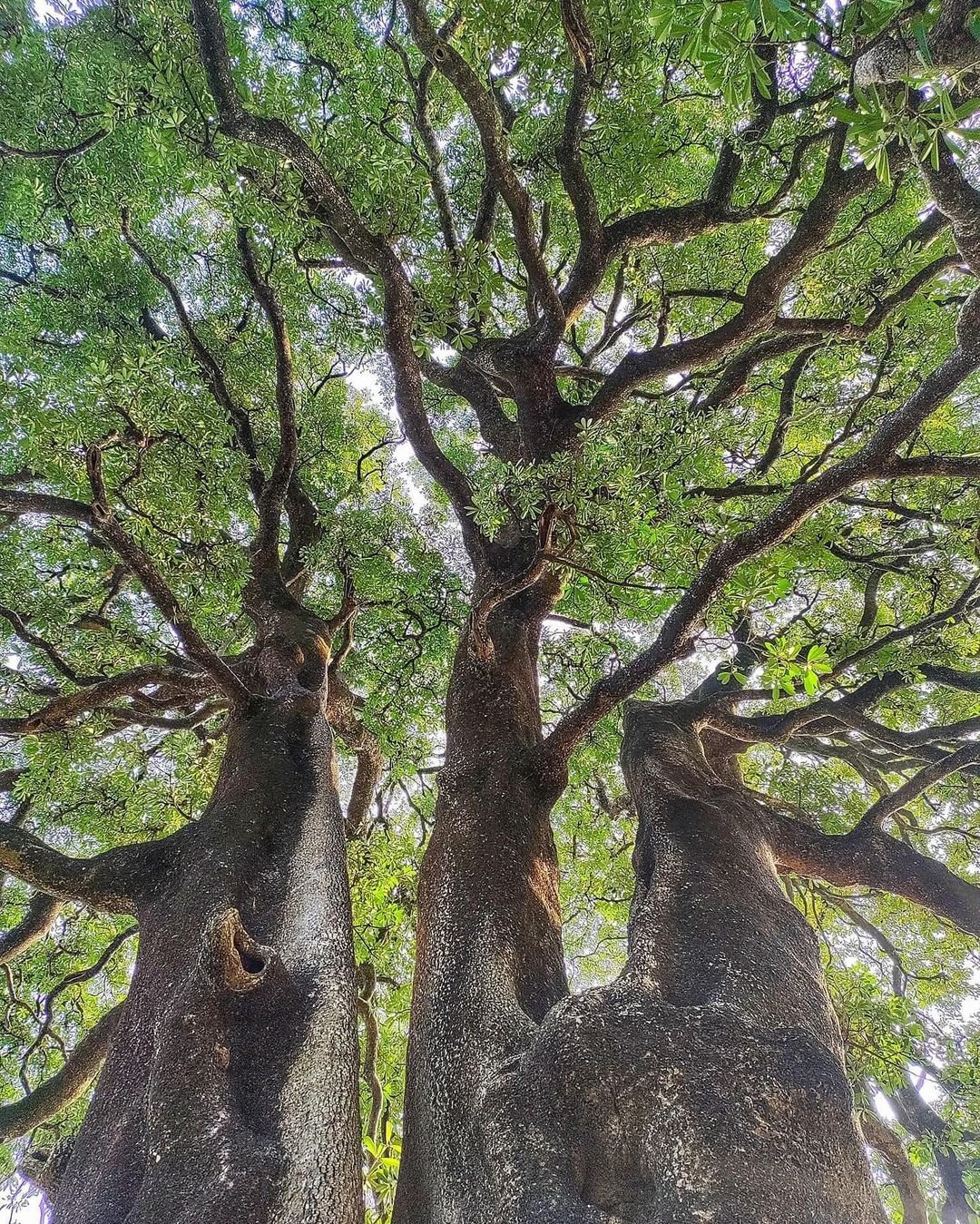
Devil Trees are found in India and Southeast Asia. Despite their scary name, these trees are important in traditional medicine. The bark is used to treat many illnesses. These trees can grow very tall and have large leaves. Learn about Devil Tree uses from Purdue University.
12. Drumstick Tree
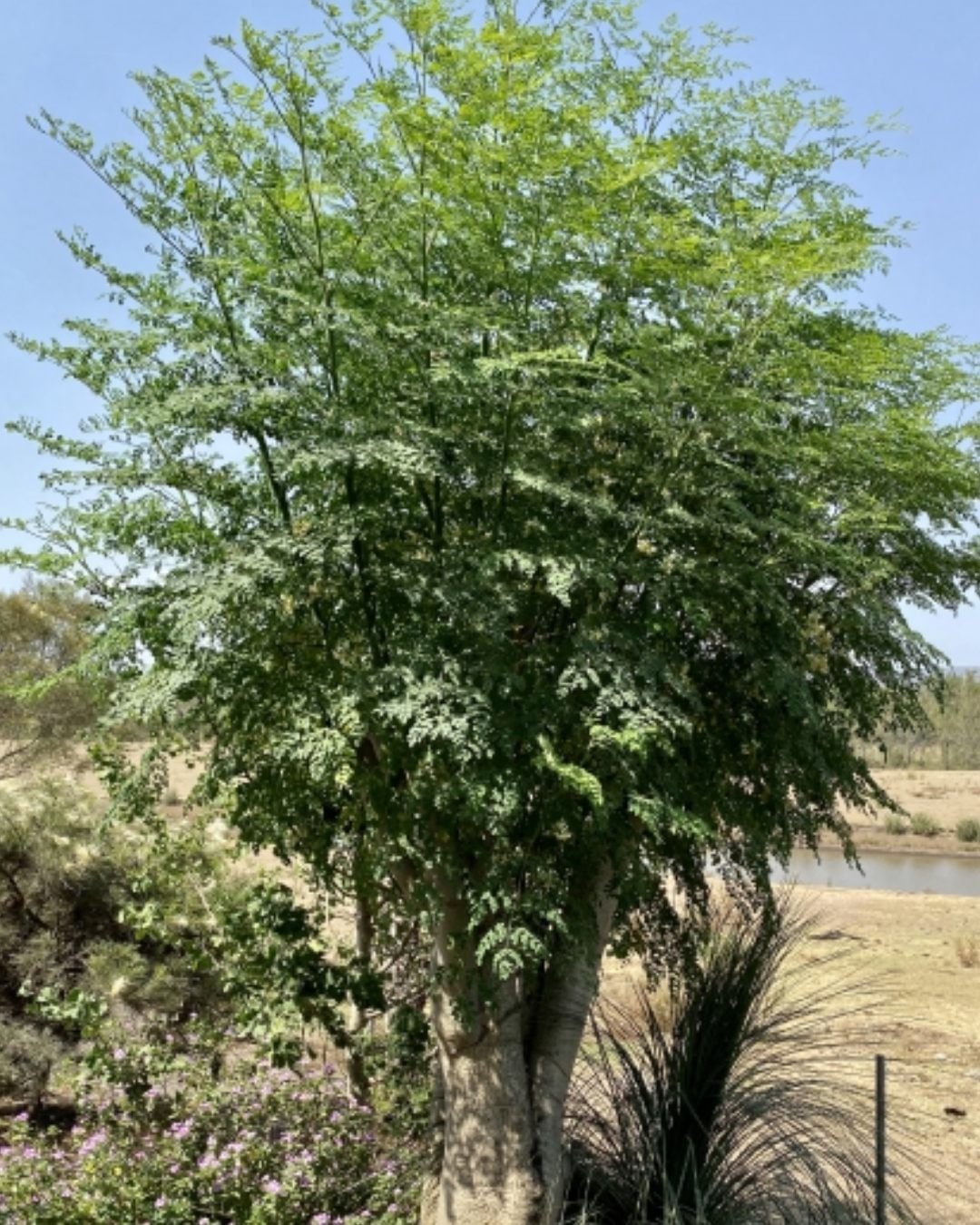
Drumstick Trees are also called Moringa trees. They grow quickly and can live in dry areas. Almost every part of this tree is useful. The leaves, flowers and young seed pods can be eaten and are very nutritious. The seeds can even be used to clean water! Explore Moringa benefits from the University of California.
13. Darling Plum
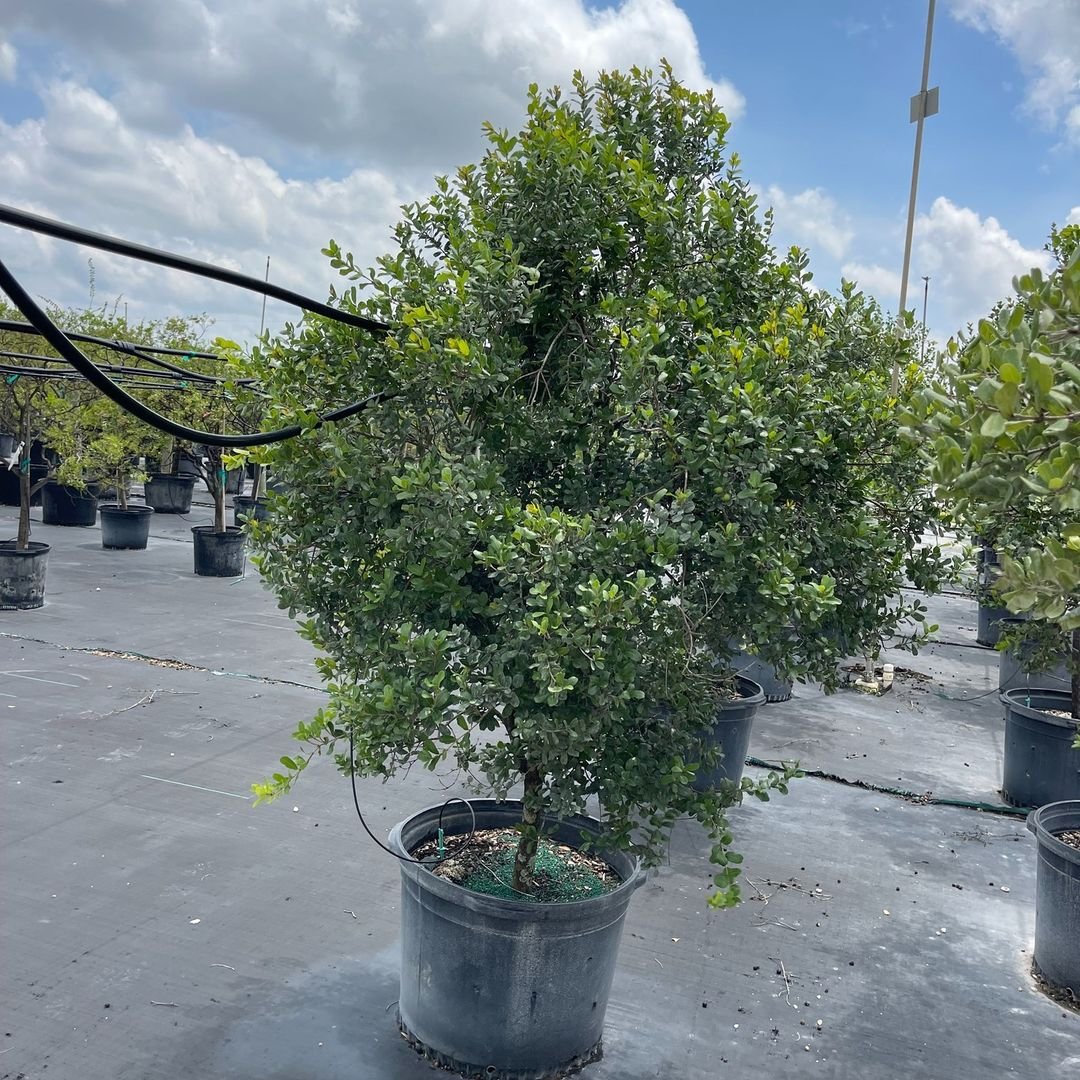
Darling Plum trees are small trees that grow in Florida and the Caribbean. They have small fruits that birds like to eat. These trees are good for planting near the ocean because they can handle salty air and soil. Read about coastal plants from the University of Florida.
14. Double Coconut Palm
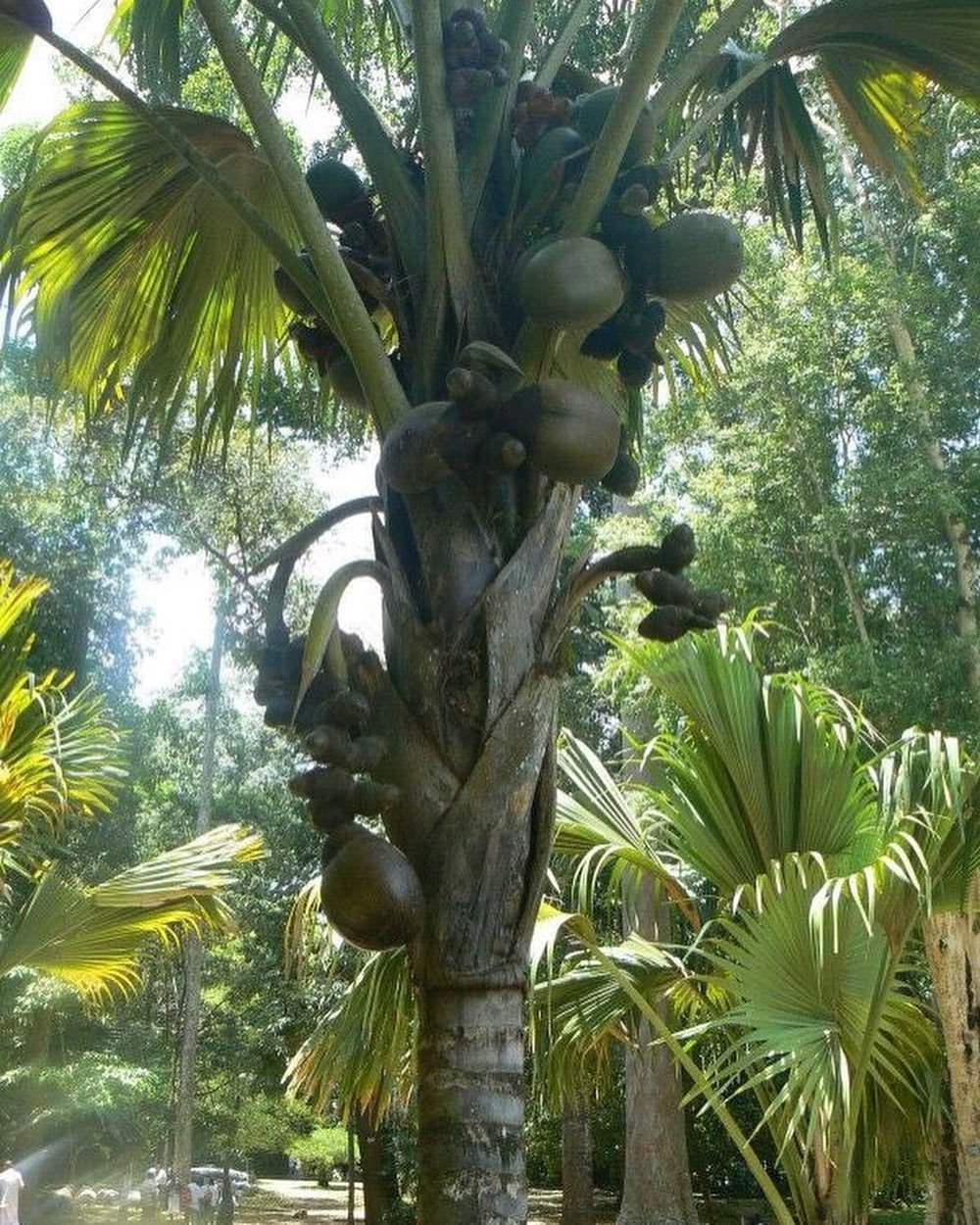
Double Coconut Palms are famous for having the largest seeds in the plant world. One seed can weigh up to 40 pounds! These trees only grow naturally on two small islands in the Indian Ocean. They are rare and protected. Discover unique palms from the University of Hawaii.
15. Desert Ironwood
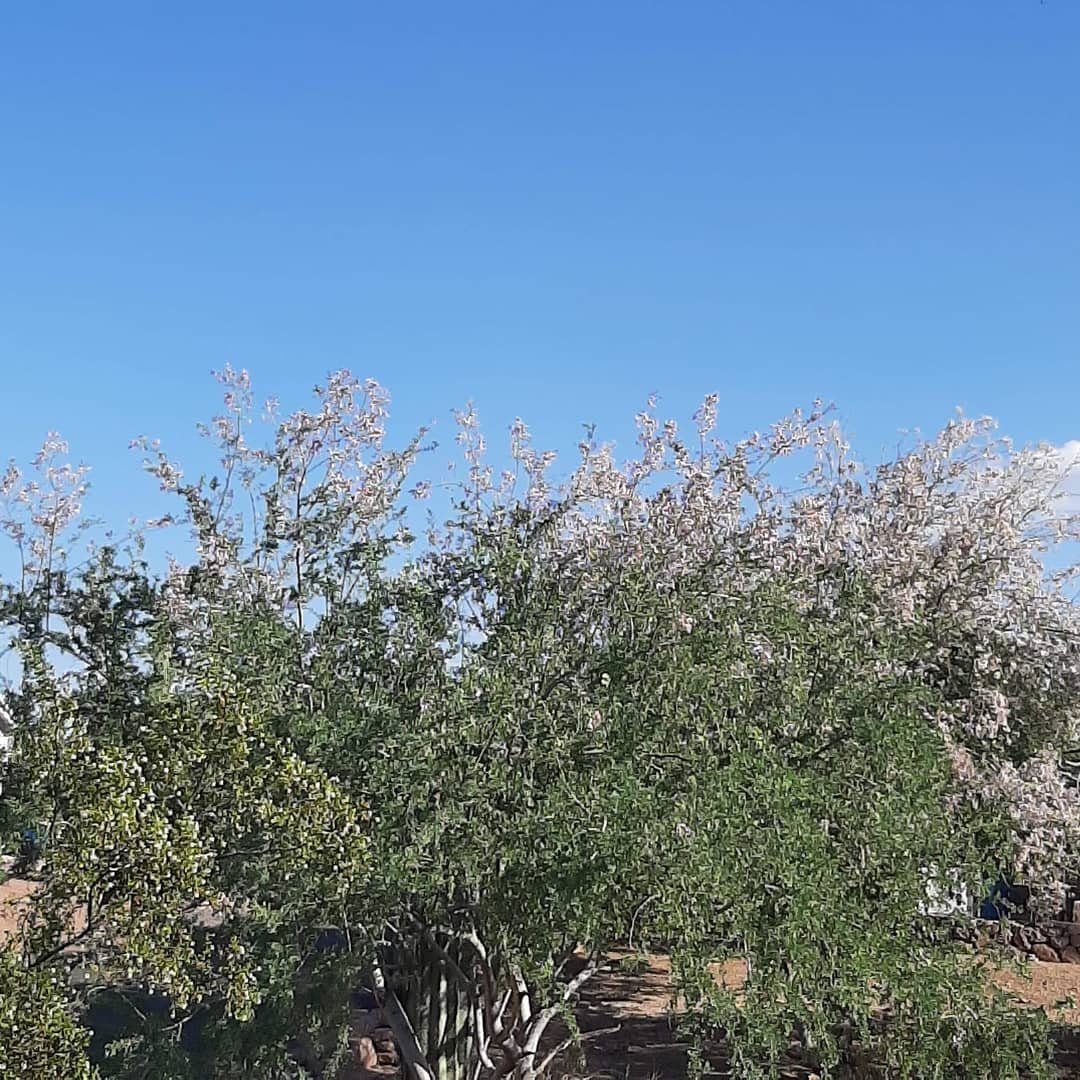
Desert Ironwood trees grow in the Sonoran Desert of North America. They’re very tough trees that can live for over 1000 years. The wood is so hard and heavy that it sinks in water. These trees are important homes for desert animals. Learn about desert trees from the University of Arizona.
16. Deodar
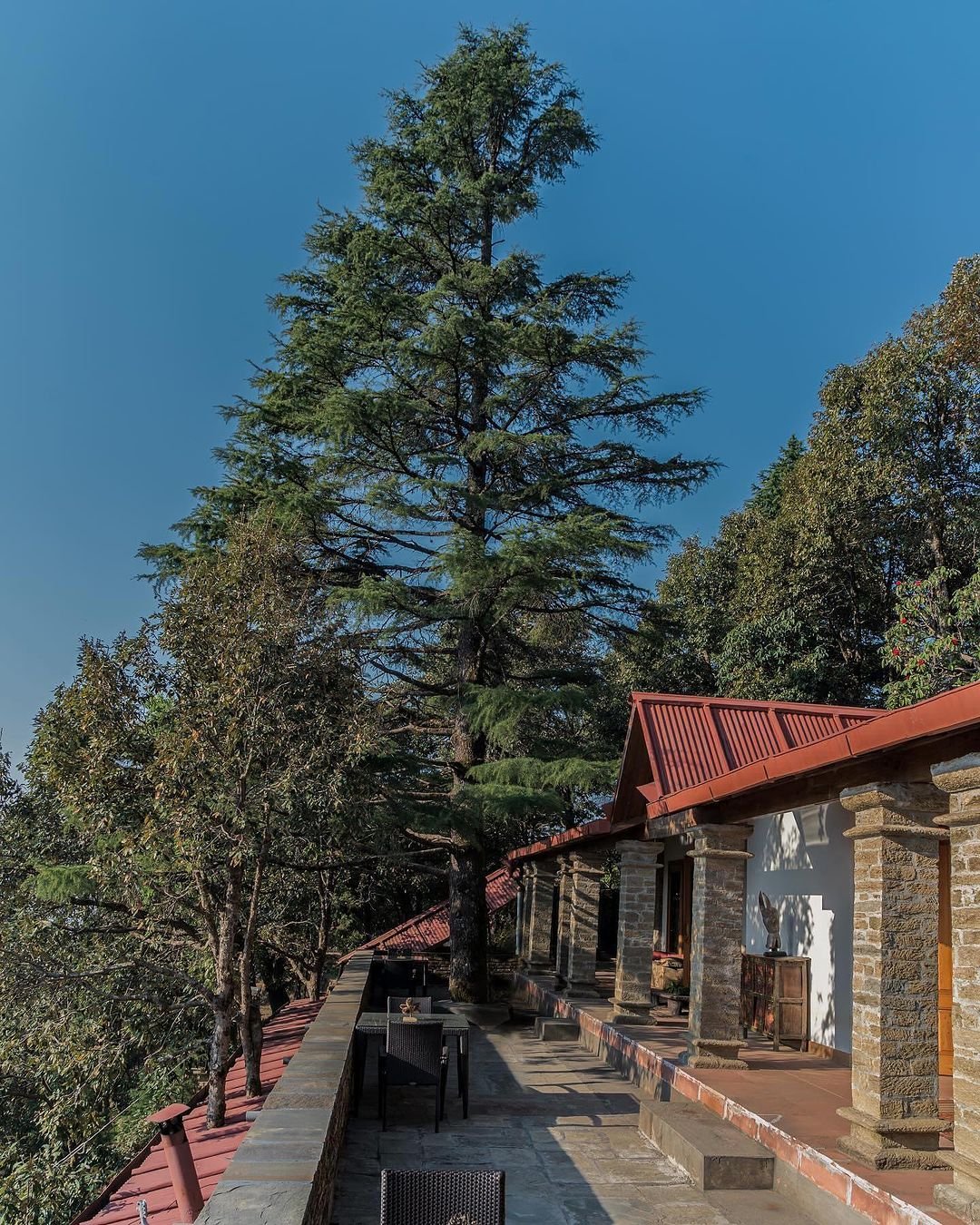
Deodar trees are a type of cedar native to the Himalayas. They’re evergreen trees that can grow very tall. In their native lands, they’re considered sacred. The wood is fragrant and resistant to rot, making it valuable for construction. Explore Deodar facts from the US Forest Service.
17. Dwarf Chestnut Oak
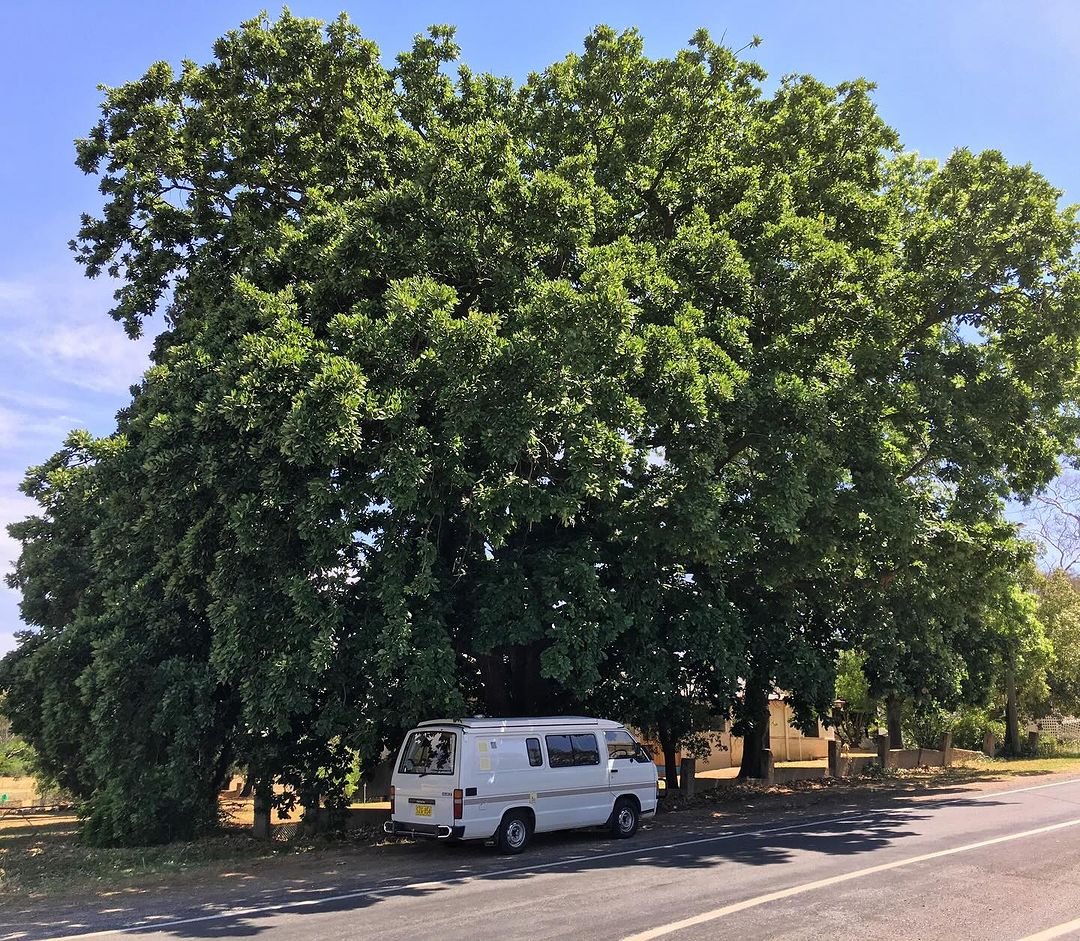
Dwarf Chestnut Oaks are small oak trees that grow in the eastern United States. They’re tough trees that can grow in poor, rocky soil where other trees can’t survive. Their acorns are food for many forest animals. Read about oak trees from the University of Kentucky.
18. Desert Oak
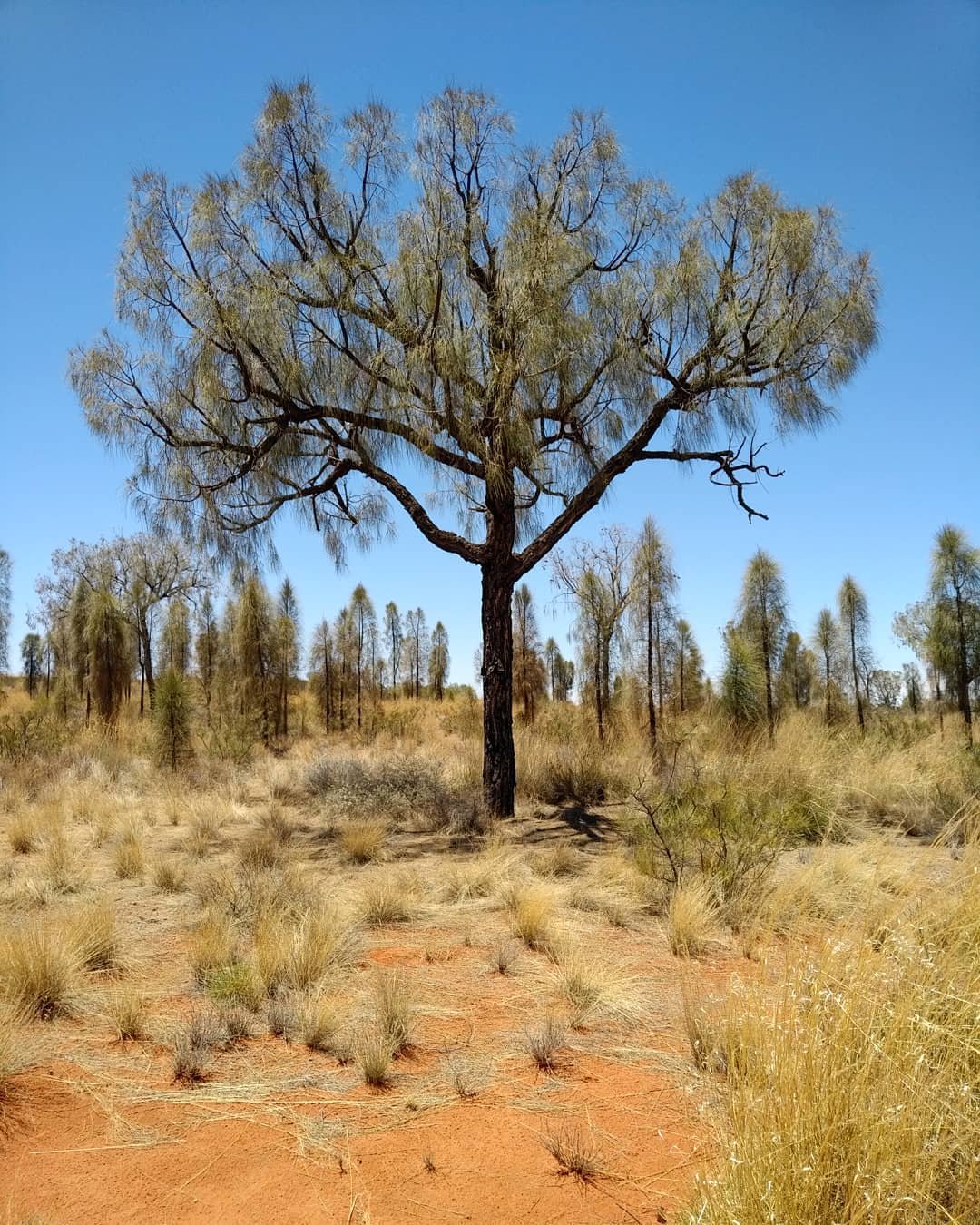
Desert Oaks are not really oak trees. They’re a type of tree that grows in the Australian Outback. Young Desert Oaks look like grass trees, but as they get older, they grow into trees with rough, dark bark. They’re very good at surviving in hot, dry places. Learn about Australian trees from the Australian National Botanic Gardens.
19. Dwarf Poinciana
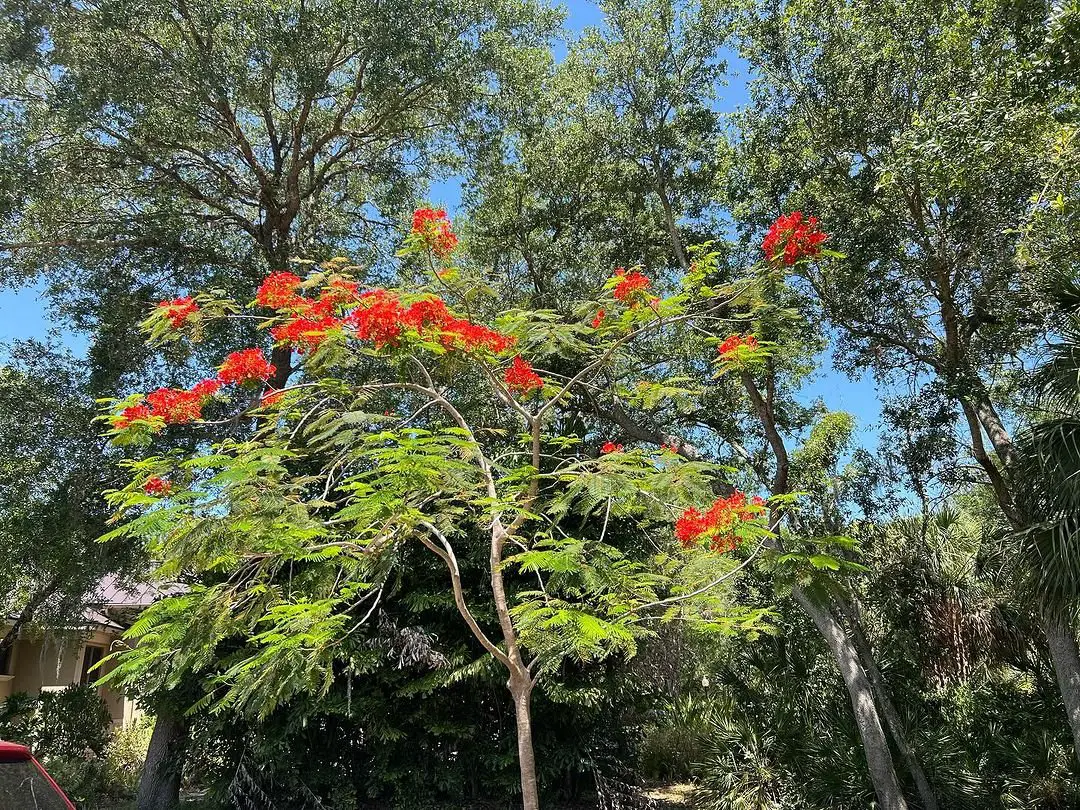
Dwarf Poinciana trees are small trees with bright orange-red flowers. They’re not actually related to real Poinciana trees, but their flowers look similar. These trees stay small, which makes them popular for gardens in warm areas. Read about tropical trees from the University of Florida.
Trees are very important for our world. They give homes to animals, clean our air and help stop climate change. Here are some ways you can help trees:
- Plant a tree in your yard or join a tree-planting group.
- Learn about the trees in your area. Knowing trees helps us take care of them better.
- Don’t carve into tree bark or break branches. This can hurt the tree.
- If you have trees in your yard, water them when it’s very dry.
- Tell others about how important trees are!
Trees teach us many things. They show us how to be strong and flexible, how to grow slowly but steadily and how to be useful to others. Just like a tree spreads its branches to give shade and its fruits to give food, we can spread kindness and help others.
Read more 20 Trees That Start With N: Your Guide to These Unique Species







One comment on “19 Trees that start with D : A Green Journey Through the Alphabet”